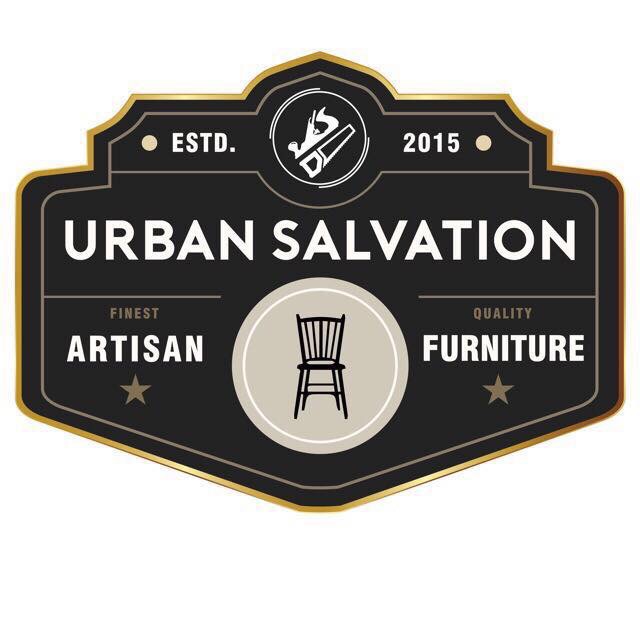Mid-Century Modern: The Design Revolution That Refused to Fade
- Ahmad Habshee
- Apr 24
- 3 min read
Mid-century modern (MCM) isn’t just a trend. It’s a design rebellion that has outlived eras, from retro revivals to postmodern experiments. More than 70 years after its inception, its influence remains unmatched. But what makes this movement so enduring? The answer lies in its origins, its philosophy, and its unwavering commitment to marrying form with function.
The Birth of a Movement
The story of mid-century modern begins in the ashes of World War II. The Bauhaus movement had already laid the groundwork, championing minimalism, clean lines, and functionality. But when Bauhaus masters fled to the U.S., their ideas merged with a post-war culture hungry for innovation. Designers like Charles and Ray Eames and Florence Knoll took these principles and softened them, introducing organic shapes, warm woods like teak and walnut, and an emphasis on comfort.


This wasn’t just about aesthetics; it was a response to a changing world. Open-plan homes demanded furniture that flowed with space, not against it. Families wanted versatility. The result? Lower silhouettes, modular designs, and pieces that could adapt to evolving lifestyles.
The Three Pillars of Mid-Century Design
What separates MCM from fleeting trends is its disciplined approach to design. Every piece was built on three core principles:
1. Form Serving Function
Mid-century designers began with a simple question: What is this piece’s purpose? Ornamentation was stripped away, leaving only what was essential. Consider George Nelson’s modular shelving or Florence Knoll’s office furniture. they weren’t just visually striking; they solved real problems. Storage became space-efficient. Tables and chairs were designed for movement and interaction. Nothing was arbitrary.
2. Ergonomics: Furniture That Welcomes the Body
This was where MCM truly broke ground. Designers studied how people sat, lounged, and moved. The Eames Lounge Chair, for example, wasn’t just a beautiful object. It was engineered for comfort, with molded plywood conforming to the body’s natural curves. Even dining chairs were rethought with gently angled seats, curved backs, and softened edges made them as comfortable as they were elegant.
3. Aesthetic Control: Less Is More, But Better
Mid-century design is often described as "clean," but never cold. Its beauty lies in restraint. Sharp lines are balanced by warm wood grains. Steel legs contrast with soft upholstery. Neutral palettes are punctuated by strategic bursts of color. There’s no excess, just intention.
Why Mid-Century Modern Still Dominates
Unlike trends that age poorly, MCM has only grown more relevant. Here’s why:
Adaptability – Its minimalist foundation allows it to blend seamlessly into contemporary, rustic, or eclectic spaces.
Quality Over Quantity – Built to last, authentic MCM pieces withstand decades of use, while modern fast furniture crumbles.
Timeless Appeal – Its focus on human-centered design means it never feels dated. A well-crafted teak credenza from 1960 still looks fresh today.
The Legacy: More Than Just Furniture
Mid-century modern was never just about looks. It was a vision for better living. It championed honesty in materials, respect for craftsmanship, and a belief that good design should improve daily life.
Today, as sustainability becomes urgent, MCM’s principles feel more vital than ever. Investing in vintage or commissioning pieces from makers who honor traditional techniques (like hand-cut joinery and solid wood) isn’t just stylish. It’s a rejection of disposable culture.
The Takeaway
Mid-century modern endures because it was never trying to be trendy. It was designed to serve, to last, and to elevate the everyday. In a world of fleeting fads, that’s a revolution worth keeping alive.
Explore Our MCM-Inspired Collection
At Urban Salvation, we build furniture that honors mid-century principles—using solid teak, traditional joinery, and timeless design. No shortcuts. No compromises. Just honest craftsmanship.
What’s your favorite mid-century piece?
Tag us @urbansalvation. We’d love to see how you live with modern design history.















Comments